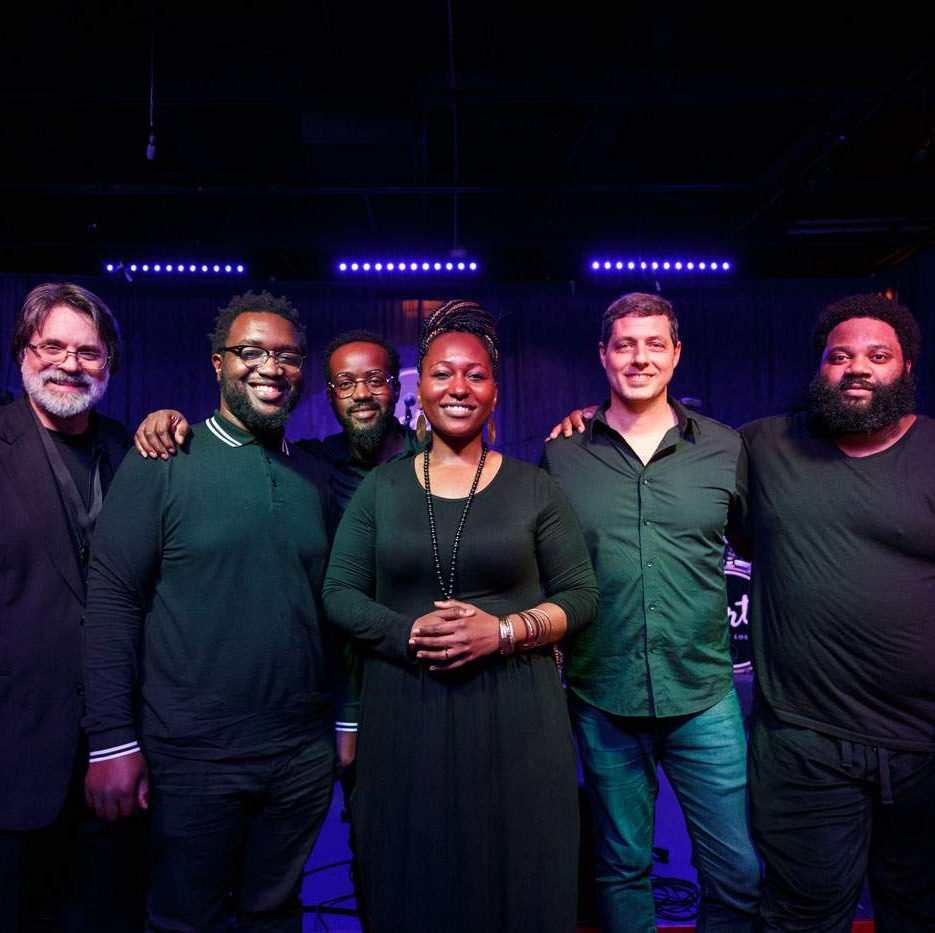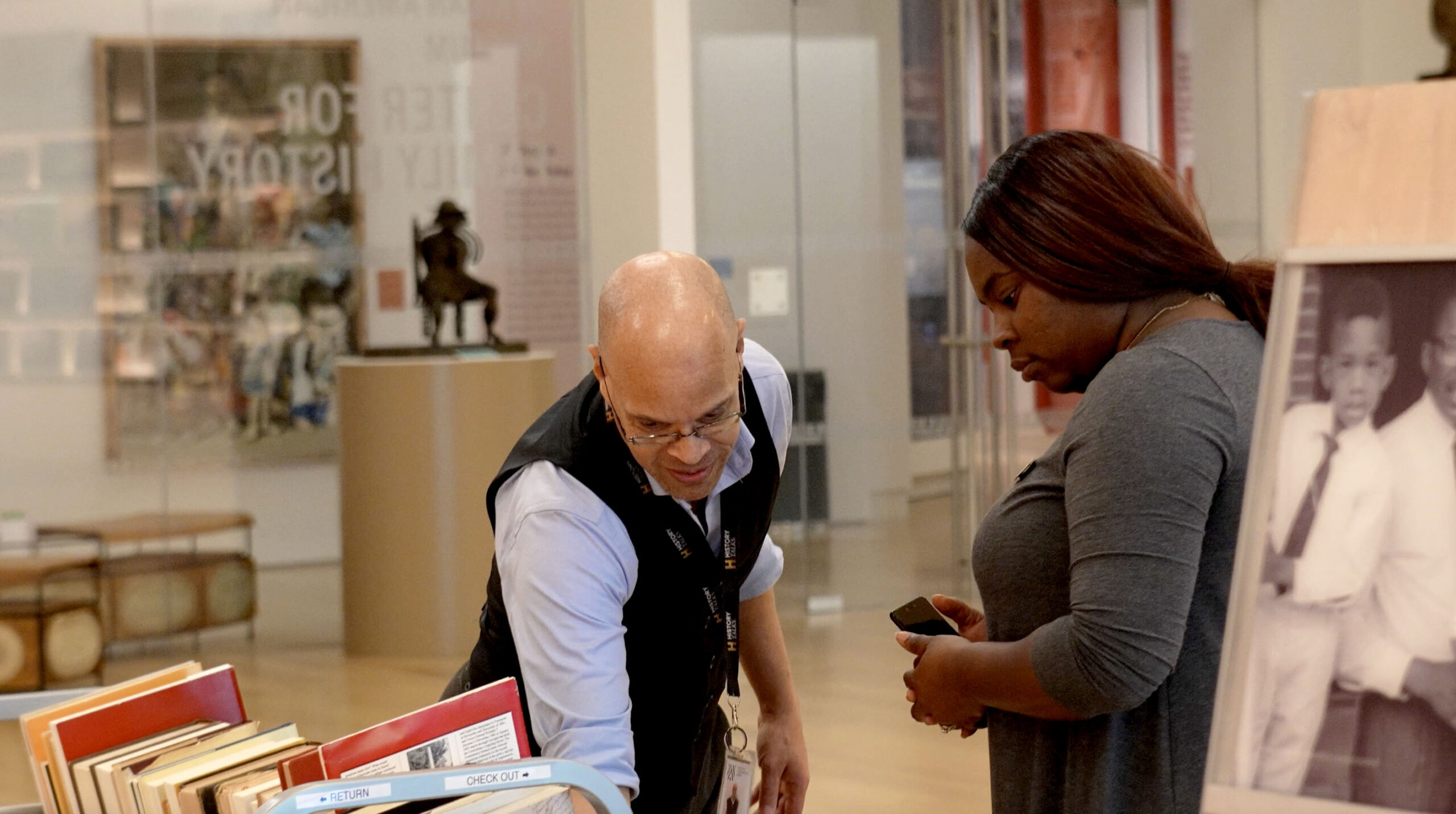Marketing Research
Strong marketing programs begin with good market research.
What do you really know about your current situation, your market, and your competition?
Whether a marketing program is informal or takes a more formal approach, time spent researching and assessing your current situation and past trends will lead to a more effective marketing plan. The understanding gained can be illuminating and may even eliminate missteps along the way.
By definition, marketing research is an objective collection and analysis of data about a specific target market, competition, and/or environment. It always incorporates some form of data collection, whether it be secondary research (collecting and evaluating data or information that already exists) or primary research, which is newly collected from a respondent.
The first step is to define the research objectives. What are we trying to achieve from the research and what do we hope to learn? To get the information desired, one must either collect quantitative or qualitative information, though an ideal research scenario is when both methods are combined.
With companies becoming increasingly competitive, marketing research is often first on the agenda.
The purpose of any market research project is to achieve an increased understanding of a topic or subject. With companies becoming increasingly more competitive and with organizations being required to get input from their constituents, market research is often on the agenda of many organizations.
A common market research techinique are focus groups, which include…
-
Targeted respondents
-
Research moderator
-
Observation area
The most common market research technique is quantitative.
Quantitative research requires significant attention to the measurement of market input and often involves statistical analysis. For example, a retail store or accounting firm might ask its customers to rate its overall service as excellent, good, poor or very poor. This will provide quantitative information that may be analyzed statistically. The main rule with quantitative research is that every respondent is asked the same series of questions. The approach is very structured and normally involves large numbers of interviews and questionnaires.
Perhaps the most common quantitative technique is the ‘market research survey.” Quantitative surveys can be conducted by using post (self-completion), face-to-face (in-street or in-home), telephone, email or Web techniques. The questionnaire is one of the more common tools for collecting data from a survey, and today, under the guidance of professionals helping to devise the survey instrument and analyze the findings, online survey outlets such as Survey Monkey make marketing research more cost-effective for companies to undertake.
There are also various types of qualitative methodologies
Research of this sort is mostly done face-to-face. One of the best-known techniques is market research group discussions (or focus groups). These are usually made up of 8-10 targeted respondents, a research moderator who poses the questions and encourages discussion, and an observation area usually behind one-way mirrors, and video and/or audio taping facilities.
Qualitative research provides an understanding of how or why things are as they are. For example, an interviewer may stop a consumer who has purchased a particular brand of juice and ask him or her why that brand was chosen. Unlike quantitative research there is not a fixed set of questions but, instead, a topic guide (or discussion guide) is used to explore various issues in-depth. The discussion between the interviewer (and moderator) and the respondent is largely determined by the respondents’ own thoughts and input.
In addition, qualitative research can also be conducted on a ‘one-on-one’ basis via an in-depth interview with a trained interviewer and one respondent, though more may be added. After compiling the data, we evaluate it and make conclusions and recommendations, based upon the findings. This can help an organization make decisions on the promotion, distribution, design, and pricing of products or services – information that meets the initial research objectives.



